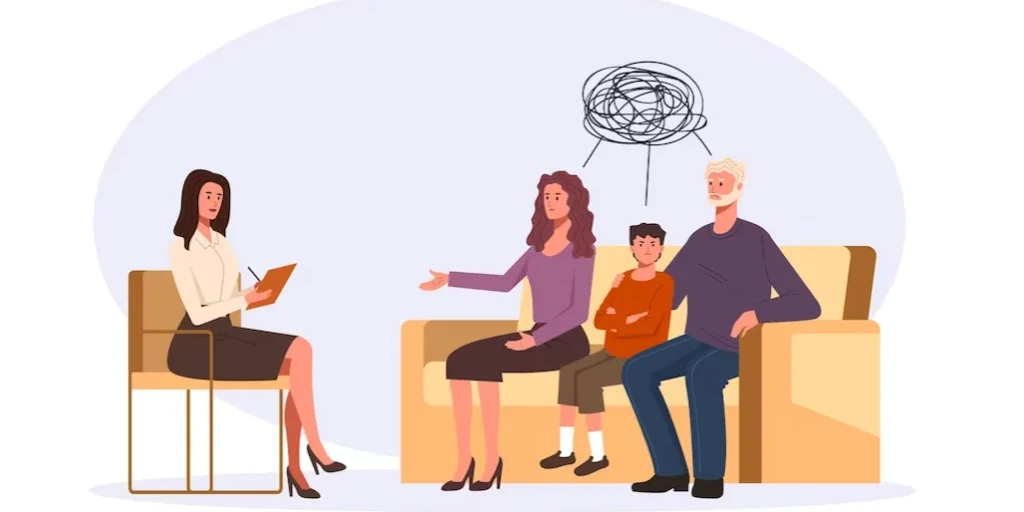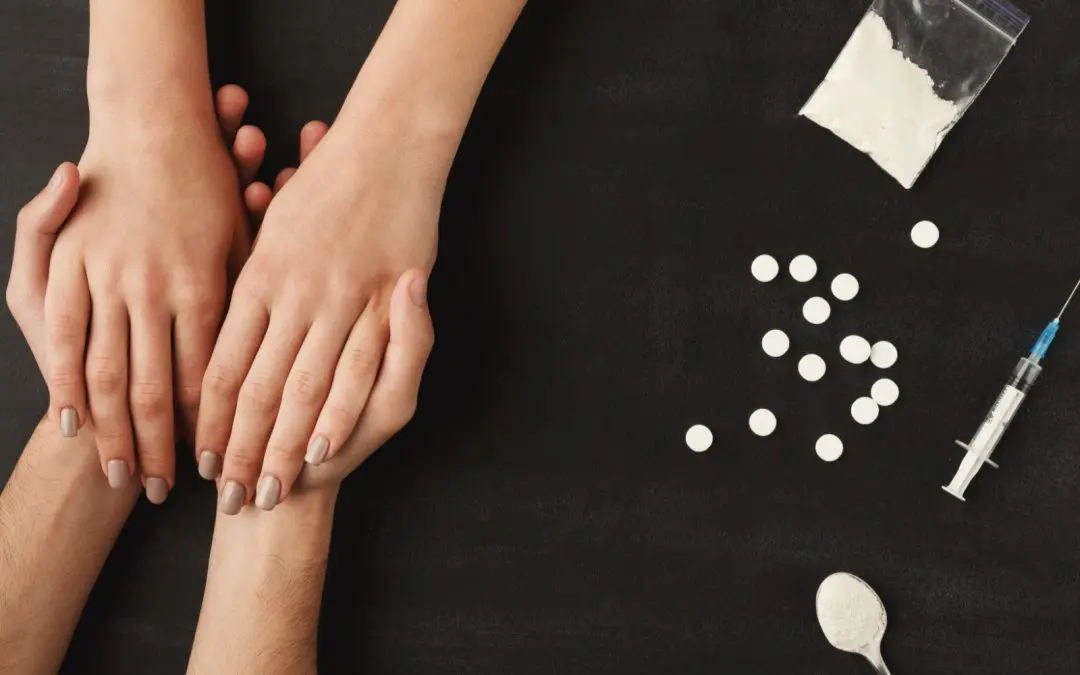24/7 Helpline:
(866) 899-221924/7 Helpline:
(866) 899-2219
Learn more about Morphine Rehab centers in Opa Locka
Morphine Rehab in Other Cities

Other Insurance Options

BHS | Behavioral Health Systems

Highmark

Premera

Absolute Total Care

State Farm

Optima

GEHA

Optum

Carleon

Meritain

AllWell

Providence

Health Choice

Choice Care Network

MHNNet Behavioral Health

Cigna

American Behavioral

Lucent

UnitedHealth Group

Group Health Incorporated

Jackson Community Mental Health
Jackson Community Mental Health is a public rehab located in Opa Locka, Florida. Jackson Community M...

Here’s Help – North Campus
Here's Help - Northwest 27th Avenue offers outpatient and inpatient treatment for individuals with a...

Jackson Community Mental Health – Crisis Unit
Jackson Community Mental Health - Crisis Unit is a rehab facility located in Opa Locka, FL. Jackson ...

Dade Family Counseling
Dade Family Counseling is a community-based rehab located in Opa Locka, FL. Dade Family Counseling s...












